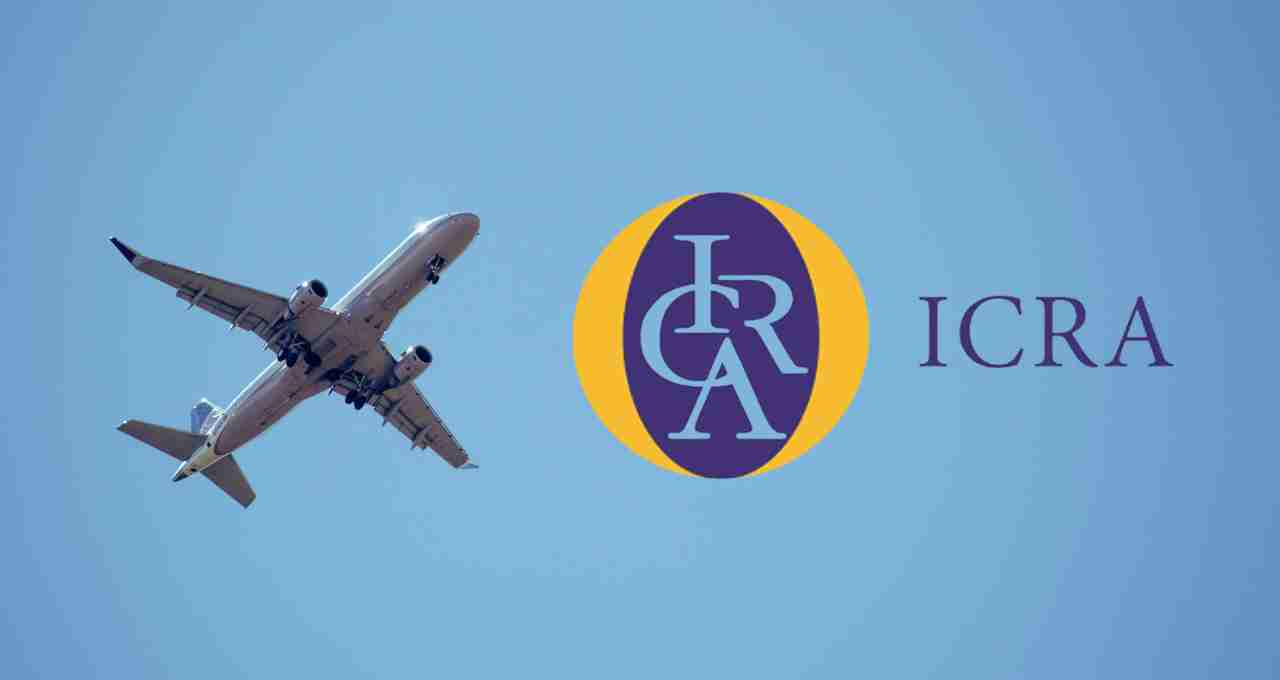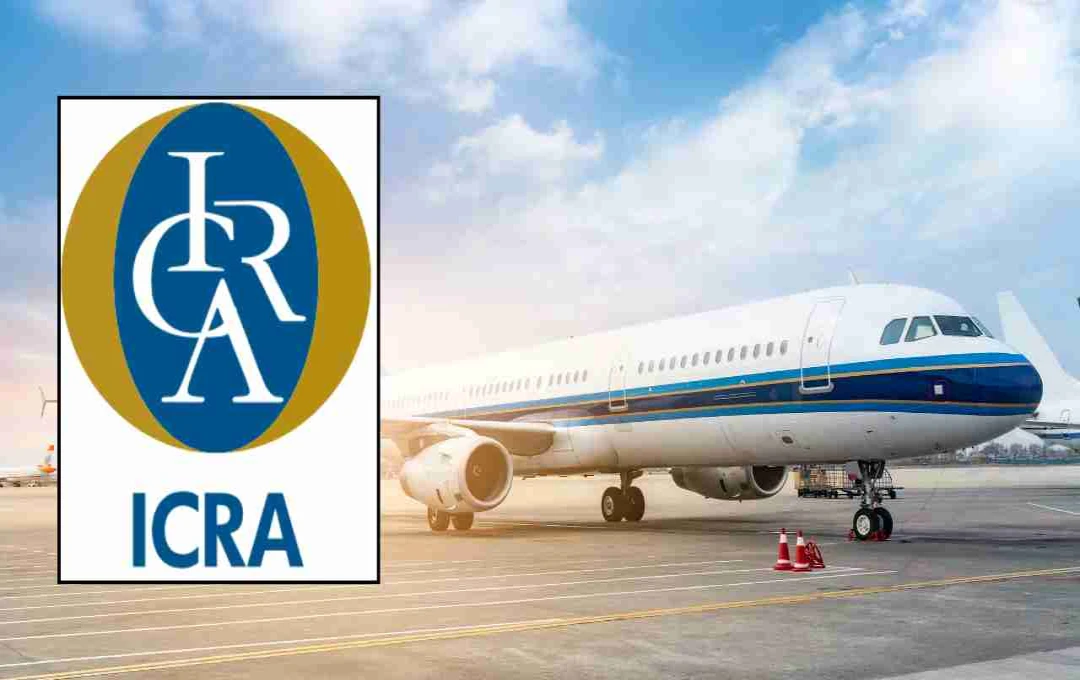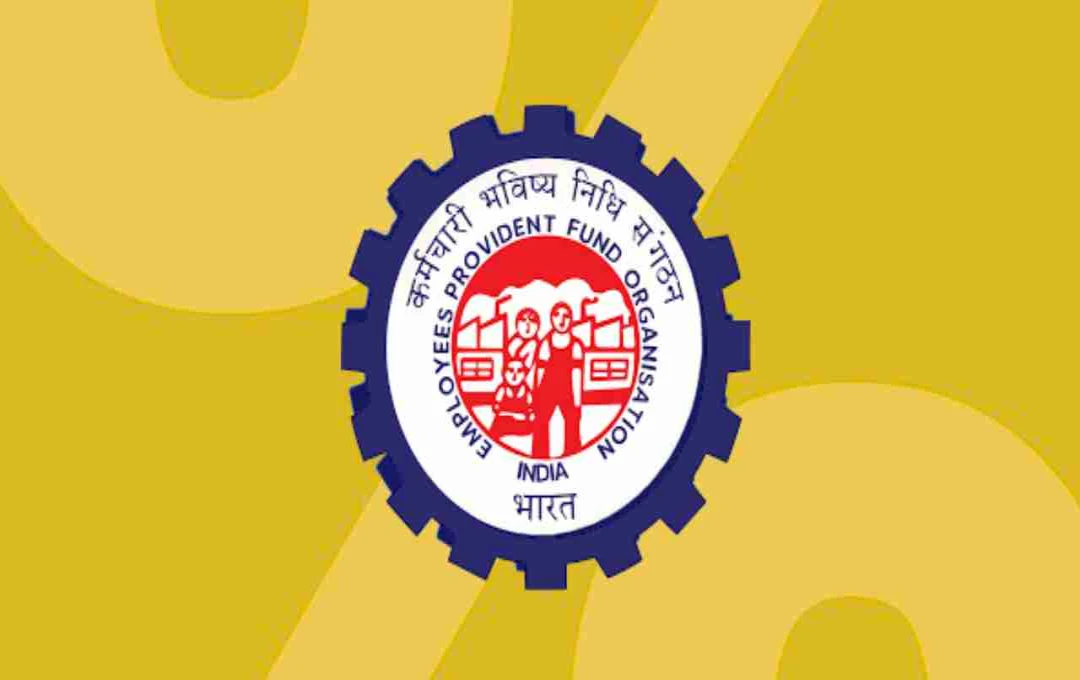Rating agency ICRA has warned that Indian airlines' losses could surge to INR 105 billion in FY26, almost double compared to the previous year. Rising fuel prices, a ber dollar, and declining domestic passenger numbers are the main reasons for this. This has increased the likelihood of air tickets becoming more expensive in the near future.
Indian Airlines: The Indian aviation sector is heading towards a severe financial crisis. According to a report by rating agency ICRA, airlines' losses could reach INR 95 to 105 billion in Financial Year 2026. The reasons for this include high aviation fuel prices, substantial expenses paid in dollars, and a decline in domestic passenger traffic. As of March 2025, 133 aircraft are ‘grounded,’ further exacerbating the losses. Experts believe that this situation could impact ticket prices and passenger amenities.
Troubles Intensified by Rising Costs
According to ICRA, the biggest challenge facing airline companies is the rapid increase in operational costs. Specifically, the continuous surge in aviation turbine fuel (ATF) prices has exacerbated airlines' difficulties. In October 2025 alone, ATF prices saw a 3.3 percent increase. Although the average fuel price in FY2025 was lower than the previous year, international instability in crude oil prices and fluctuations in the Rupee-Dollar exchange rate have significantly increased airlines' expenses.
Approximately 35 to 40 percent of airline companies' total expenditure is spent solely on fuel. Whenever fuel prices rise, it directly impacts ticket prices. Consequently, it is becoming increasingly difficult for passengers to find affordable flights.
Increased Pressure from a Stronger Dollar
Another major challenge for Indian airlines is the strength of the US dollar. Many of their significant expenses, such as aircraft lease rentals, maintenance, and parts procurement, are denominated in dollars. When the dollar strengthens, these costs suddenly surge. Conversely, their revenue is in Rupees, which deeply impacts profitability. As a result, airlines are consistently facing losses.
Decline in Domestic Passenger Numbers
While costs are rising on one hand, a decline in passenger numbers is observed on the other. In September 2025, the number of domestic air passengers was 12.85 million, approximately 1.4 percent lower than in September 2024. A decrease of 0.8 percent was also recorded compared to August 2025.
Although airlines had slightly increased their capacity compared to the previous month, capacity saw a 3.3 percent year-on-year decrease. In the first half (April-September) of the current financial year 2026, the number of domestic air passengers saw only a marginal increase of 1.3 percent. This clearly indicates a reduced willingness among passengers to travel, possibly due to rising fares and economic uncertainties.
Some Relief from International Routes

While the domestic market appears weak, Indian airlines are finding some relief in international flights. In August 2025, the number of international passengers was 2.99 million, an increase of 7.8 percent compared to the previous year. Between April and August 2025, a total of 14.73 million international passengers utilized Indian airlines' services, showing a year-on-year growth of 9.7 percent. This indicates that the demand for international travel remains robust.
Flights Reduced Due to Engine Issues
In addition to the financial crisis, airlines are also grappling with technical issues. Specifically, due to flaws in Pratt & Whitney engines, several aircraft are unable to fly. As of March 2025, approximately 133 aircraft were grounded, representing about 15 to 17 percent of India's total fleet. This means that these aircraft are parked on the ground instead of flying, leading to revenue losses for companies, while maintenance and lease rental costs continue.
Furthermore, a shortage of pilots and increasing lease rates have further deepened the operational crisis for airlines.
ICRA Reduces Growth Forecast
Despite all these challenges, ICRA has maintained a ‘Stable’ outlook for the Indian aviation industry. However, the agency has lowered its growth forecast for the industry for Financial Year 2026. Previously, a growth of 7 to 10 percent was expected, but this has now been reduced to 4 to 6 percent.
ICRA believes that only those airlines with b parent companies or better financial health are able to manage this pressure. Additionally, those with higher passenger load factors on their flights and stable ticket prices are currently striving to overcome this crisis.















